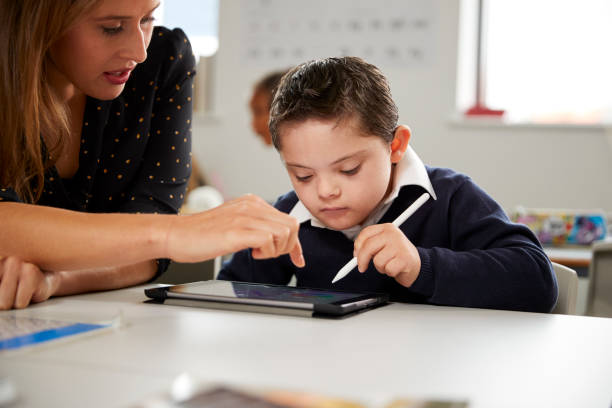Children with disabilities are often excluded from schooling. The type of disability they have, along with the nature of their educational goals, may impact their participation in the general education curriculum, the type of teaching, the teaching equipment, and the evaluation methods used. Although many children with disabilities work towards a high school diploma, others may choose to pursue a different credential. There are also many factors that contribute to the inclusion of children with disabilities in school.
- In order to assess the current status of children with disabilities in the educational system, it is necessary to examine their past and current needs. Despite the fact that many of these children had difficulties at some point in their lives, their overall achievement level has decreased since the early 1990s. This has led to difficult issues related to the curriculum and funding for special education. A child’s ability to learn is the number one priority when it comes to education.
- The IDEA requires all students with disabilities to receive free, appropriate education. While there are differences in the type of disabilities that children with these conditions have, one thing is clear: the IDEA mandates that students with special needs receive the same educational opportunities as their peers. However, the definition of a severe disability continues to shift. Today, there is no single setting that is optimal for children with disabilities. Rather, the educational system is comprised of many different settings.
- Moreover, it is important to acknowledge that students with disabilities are underrepresented in education. The lack of diversity amongst SWD in a particular school district can contribute to inequality in the educational system. For example, the study of disabilities in children with mental retardation found that only a third of students with severe mental retardation were excluded from public education. As a result, the num
 ber of students with disabilities who had the lowest grades and the greatest levels of educational achievement was also lower.
ber of students with disabilities who had the lowest grades and the greatest levels of educational achievement was also lower. - Research on children with disabilities in the United States reveals that a child with a disability is more likely to have multiple disabilities than their peers. Nevertheless, the federally mandated percentage for each category of disability is not a reliable indicator of the population with the same needs. For example, there are many differences in inclusion and exclusion based on gender, race, and educational level. Consequently, a child with a learning disability will be included in a disproportionate number of schools.
- The study also notes that children with disabilities are overrepresented in school systems. These students are not fully included in the data collected by the federal government. Nonetheless, children with disabilities are a significant population, and they are underrepresented in the educational system. It is important to understand the reasons behind this inequality. The educational system should be inclusive of all students. A child with a learning disability should not be excluded from education.

